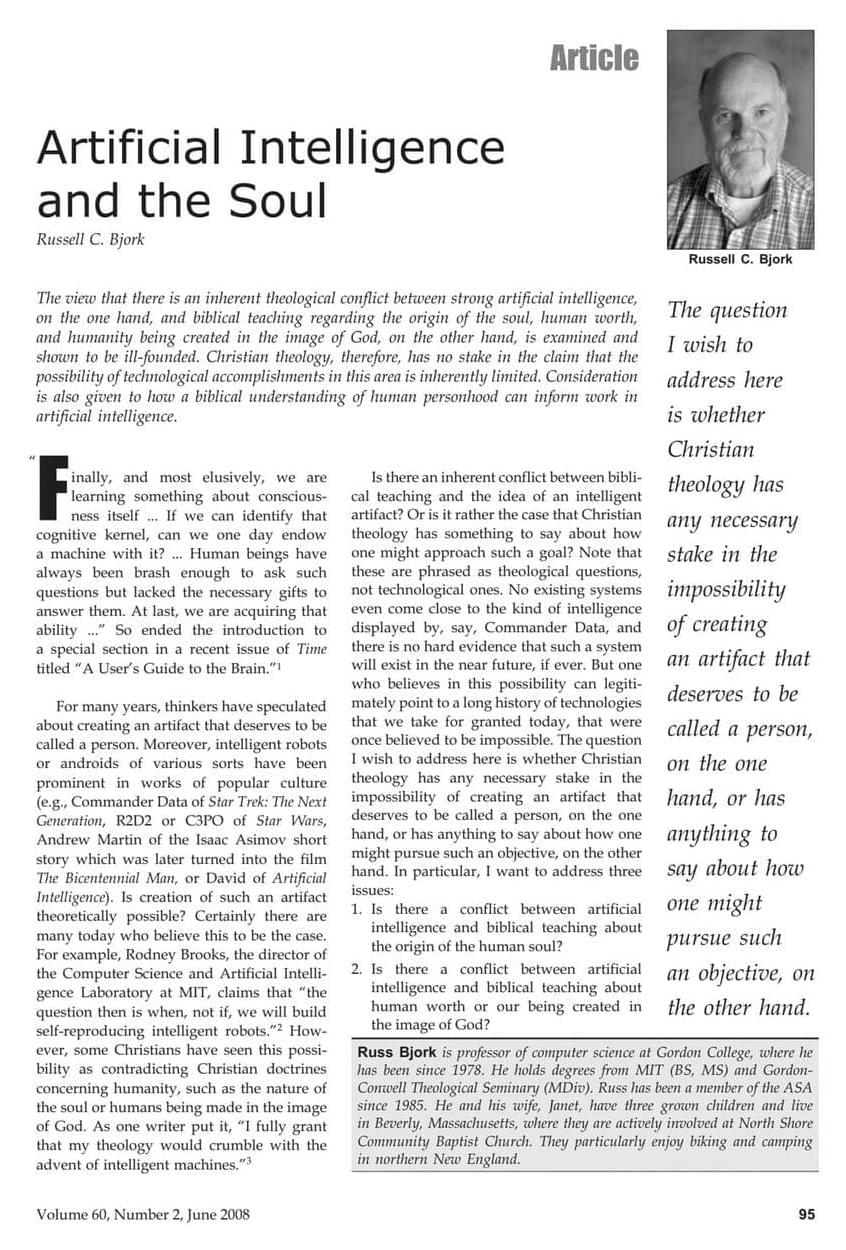JWST is good at spotting very faint, very distant objects like ancient galaxies, because it views the universe in infrared light, whose wavelengths are slightly longer than the ones our unaided eyes can see. Light from distant objects, which are moving even farther away from us as the universe expands, gets stretched into those longer wavelengths.
Although this is the most recent image the JWST team has processed and released to the public, it was one of the first images the telescope actually took. During the early summer of 2022, astronomers and engineers were firing up Webb’s instruments and getting them ready to do real science observations. This stunning image of spiral galaxy LEDA 2,046,648 was part of the process of commissioning JWST’s Near-Infrared Imager and Slitless Spectrograph (which was recently out of order for two weeks thanks to a run-in with a cosmic ray).







